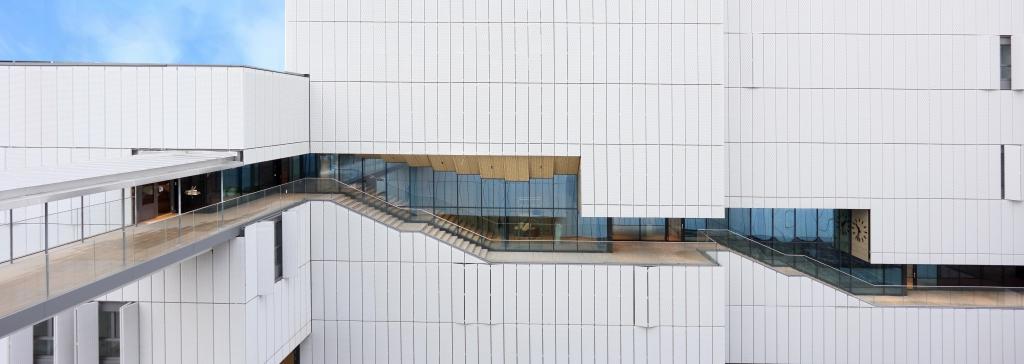The Institute is undertaking the construction of a new student residence that will allow it to add 650 beds to the existing 250-capacity Edgar and Danièle de Picciotto Student House. After an architectural competition in which 30 offices from around the world were invited to participate, the a jury selected Kengo Kuma’s project on account of its strength, sobriety and elegance. Interview.
How would you describe your career to date?
It is always difficult to describe one’s own career, but what I can say is that our practice at Kengo Kuma & Associates (KKAA) started small, at a time when the bubble burst. So we had to take things slowly and step by step. Actually, I decided to focus on the countryside, where the economic recession had less impact than in the city, and this forged the direction of our interest during the following years in natural materials, talking to craftsmen and being especially sensitive to a site and the effect our architecture would have on it.
Throughout the years, our practice has grown gradually but steadily both in its size and diversity of views: concerning our company size, despite having over 200 people from over 20 nationalities, at KKAA we try to behave and create with the enthusiasm of smaller, newer architecture studios; and in terms of our architectural vision, although we work in many different countries and the range of project sizes and types is increasingly wider, we try to be consistent with those interests that have guided us since those early years operating in the countryside.
Why did you accept our invitation to design and build the student residence?
We are always very interested in designing architecture for public functions, especially if related to education. We have completed a number of buildings for universities both in Japan and Europe, and it is always very gratifying to see such projects being used after completion. We recently completed the ArtLab for the École polytechnique fédérale de Lausannne (EPFL) at their main campus in Lausanne. We were very happy to do another university-related building in Switzerland, actually in the same region. Besides this, Switzerland has very high construction standards, similar to Japan, so it is always a good place to develop and build challenging architecture.
Could you define in a few words your concept for the residence?
The main concept is quite simple. It basically tries to redefine the usual typology of residences we have seen in the past, where the apartments form the main body of the architecture and the public functions stay grouped at the bottom as a podium or as an annex volume.
We wanted to avoid the usual vertical programme segregation (of public facilities on the ground floor and apartments on the above floors) that heavily depends on elevator circulations. Instead, we proposed an ascendant promenade “carved” into the building’s volume, which would allow pedestrian access to all floors, from the ground floor all the way up to the rooftops. All the necessary public facilities would be allocated along this promenade.
In this way, the architecture encourages a more walking-conscious lifestyle and provokes encounters between its inhabitants. The hope is to offer a community-like experience to all these hundreds of students who will be coming from very different origins and cohabitating here in years to come.
How does this project compare with other current architectural projects around the world?
While many projects we do around the world focus on the use of materials and innovative construction methods to put them in place, in this project we wanted to investigate how the programme could be proposed in new ways that would lead us to a totally new architectural-dwelling typology. Indeed, no other building has been conceived in this way until now, to our knowledge .


